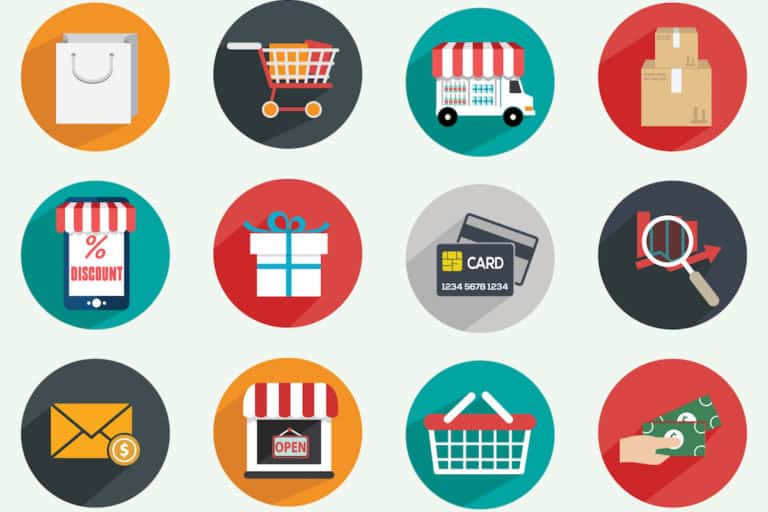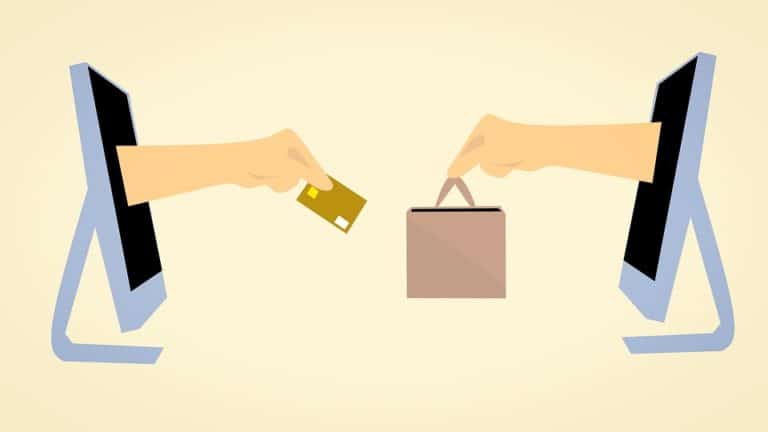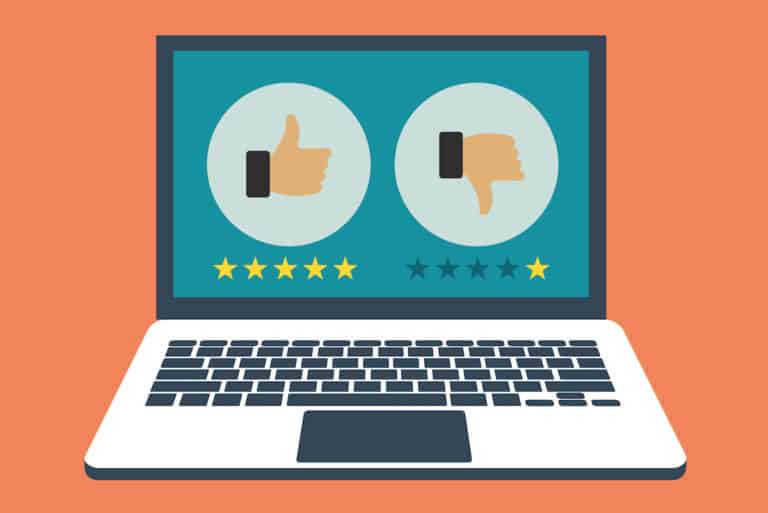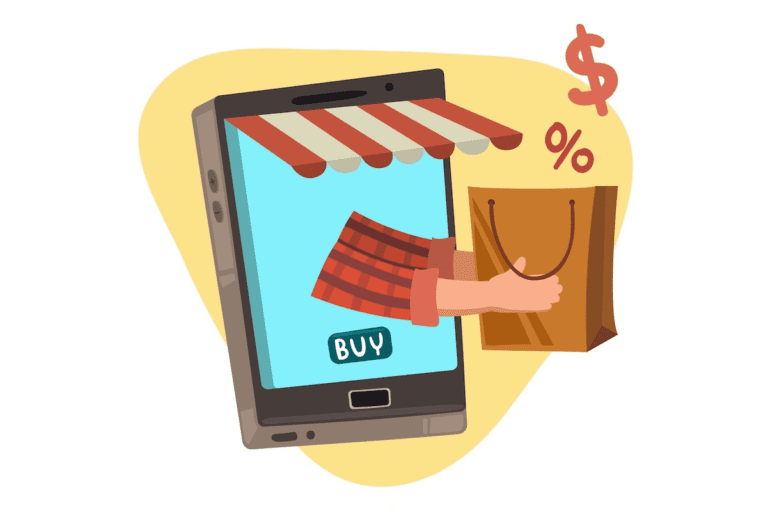Have you ever had an emergency team meeting because a customer left a scathing – and decidedly undeserved – 1-star review? Or maybe you didn’t get to a support request fast enough, and a customer ended up returning a product when it could’ve been a simple fix.
It’s clear you prioritize the customer experience. You’ve got a thought-out website, a unique brand and products, and a dedicated customer service team. But sometimes, an issue slips through the cracks that could’ve easily been avoided.
All too often, a customer makes a mistake placing their order. Maybe they selected the wrong size or put in the shipping address of their old residence. When they realize the error, they reluctantly contact support, but did you reach their query before the order shipped? Or was there a long phone wait time, and it was too late?
In this article, we’ll discuss customer self-service, including a new type of self-service and how to optimize it for the best customer experience.
What is online self-service
Customer self-service relies on convenience. If you’ve ever used self-checkout at the grocery store or a machine to pay for parking, you’ve been well-acquainted with self-service. It offers contactless customer support for simple or common actions, mistakes, and queries.
Self-service tools let your customers find their own solutions to their issues or complete a task independently without contacting your support team. According to Zendesk, 69% of consumers first try to resolve their issues on their own, but only one-third of companies offer self-service options such as a knowledge base or order editing.
For online stores, you’ve most likely heard of the classic self-service channels:
- FAQ pages
- Chatbots
- Knowledge base or learning centers
- Product training videos
A new type of self-service channel
Most of these self-service options for online stores let customers find an answer to a query or demonstrate an action, but none let you perform an action. Until now.
Now you can let customers solve their own order issues for simple mistakes, like changing their size or putting their current shipping address using Cleverific Order Editor’s Customer Portal.
Did you know that 90% of customers rate an “immediate” response as essential or very important when they have a customer service question? 60% of customers define “immediate” as 10 minutes or less. (HubSpot Research). Ten minutes is a small window between a great customer experience and a bad one. With this type of customer-self service, customers won’t need to reach out to support teams for order changes, meaning their experience will always be premium.
5 reasons you should provide self-service for order changes
According to Nuance, 67% of customers preferred self-service over speaking to a company representative. They also rate self-service as part of a better overall customer experience. Here are five reasons you should offer self-service to improve your overall company growth:
1. Remove bottlenecks from the customer service team
Customer service teams have a lot to deal with and don’t always run as efficiently as they should. Self-service tools for simple order changes remove common bottlenecks from your support team so they can have more time to provide a 5-star experience to more advanced issues.
Did you know that 36% of consumers will share their customer service experience, whether good or bad? By implementing self-service, you can reduce your customers’ hold time. Your CS team will be less held up with issues that customers can solve on their own, like removing an item from their order or switching to a different color tshirt. And if your CS team deals with returns, there’ll be fewer bottlenecks since customers can resolve their order issues and not have to send back unwanted items.
2. Reduce your cost of returns
Offering customer self-service is an excellent way to reduce your cost of returns and improve your customer experience. A study by Voxware found that 29% of returns are due to shipping the wrong item. Reducing shipping errors can directly impact return costs. Giving customers the option to edit orders means they can avoid the inconvenience of having to return items due to misordered quantities, such as ordering multiple products instead of just one.
3. Eliminate negative reviews
Negative reviews are the bane of business existence. Did you know that according to HubSpot Research, 33% of customers are most frustrated by having to wait on hold? More than a third report posting on Facebook, followed closely by Instagram, according to CFI Group.
By implementing a self-service feature for order changes, customers automatically get a premium experience. They don’t have to deal with a wait time, a chatbot that asks too many questions, or a service rep that may have an off day. Negative reviews for simple order changes like switching out sizes are a thing of the past.
4. Improve customer loyalty
We know that customers would rather invest in a brand that is more customer-focused, but here are the facts:
- Consumers are 2.6x as likely to purchase more from a company after a 5-star experience compared to a 1- or 2-star experience. (Qualtrics XM Institute)
- Roughly 61% of customers say they would switch to a new brand after one bad experience. (Zendesk)
- 89% of consumers are more likely to make another purchase after a positive customer service experience. (Salesforce Research)
5. Increase profits with retention and referrals
Customers do business with and expect brands to be as tech-savvy as they are. Refining the customer experience to match the techno-utopia we’re in will increase your referral and retention rate. And raising customer retention rates by just 5% can increase profits by between 25% and 95%. (Bain and Company). Don’t believe us? Here are the facts:
- Referrals:
- 94% of American customers will recommend a company whose service they rate as “very good.” (Qualtrics XM Institute)
- Retention:
- 90% of Americans use customer service to decide whether or not to do business with a company. (Microsoft)
- 65% of US consumers would pay 5% more for products if they knew they would receive outstanding customer service. (Emplifi)
- 58% of American consumers will switch companies because of poor customer service. (Microsoft)
6. You’ll satisfy your customers’ overall needs
Customers have spoken: they want self-service options. We know the bottom line is important, but aren’t your customers the reason you’re in business in the first place?
- 35% of consumers find it very important to have a fully self-serve customer care option available to resolve their issues. (Emplifi)
- 63% of consumers expect businesses to know their unique needs and expectations. (Salesforce Research)
- 64% of business leaders say that customer service positively impacts their company’s growth. (Zendesk)
How to reduce your customer service volume with self-service
You need to make sure you stay in control but keep customers happy by letting them solve their simple order issues. Why? So you can provide the best customer experience, along with all the reasons we listed above.
If you have a Shopify store, you know that the native editing just doesn’t cut it; you need something more tailored to your brand. And remember that stat from Zendesk we mentioned earlier? Less than one-third of companies offer self-service options such as customer order editing. Could you set your company apart with editing features?
Over 8000 Shopify stores like Patagonia and ThirdLove have trusted Cleverific Order Editor to solve order issues in their backoffice, like when items go out of stock. But now, Cleverific is bringing the premium experience to your customers. With Customer Portal, you can solve customer problems before they become irreparable frustrations. Implement self-service to allow customers to make the following changes to their orders:
- Change size, color, or other variants
- Increase or decrease item quantity
- Remove an item
- Change shipping address
- Cancel their order
- Add an item to their order
And merchants have total control. You can set specific rules and limitations so customers can modify orders on your terms. You can implement custom logic like:
- Fraud monitoring and prevention
- Set order editing window timeframe
- Set the types of changes that can be made
- Allow or disallow changes to shipping addresses
- Set whether a customer can cancel an order
- Set tags for orders that customers can’t modify (e.g., “final sale”)
Offering a proactive tool for your customer experience while your competitors fall behind positions your brand as the premium option for your customers. You will build trust with your audience and reduce the number of help desk tickets for your team because you can instantly resolve customer frustrations before they become 1-star reviews.
💡 Reduce your cost of returns.
Try Cleverific Order Editor for customer self-service.






